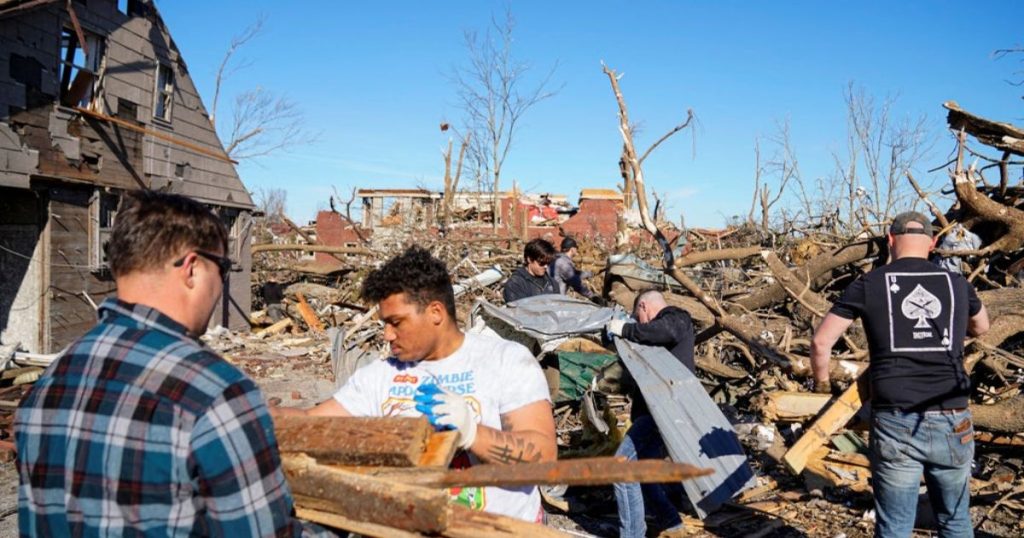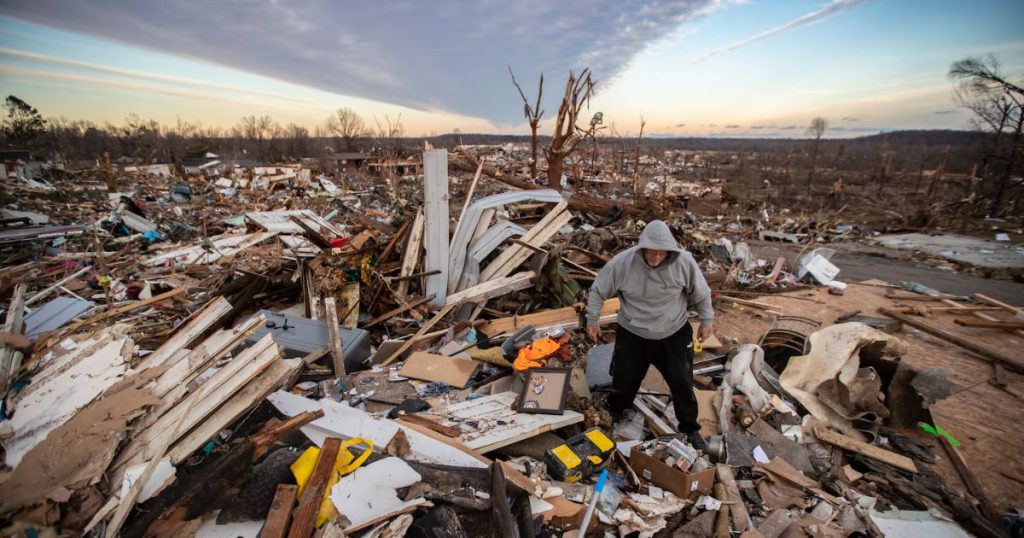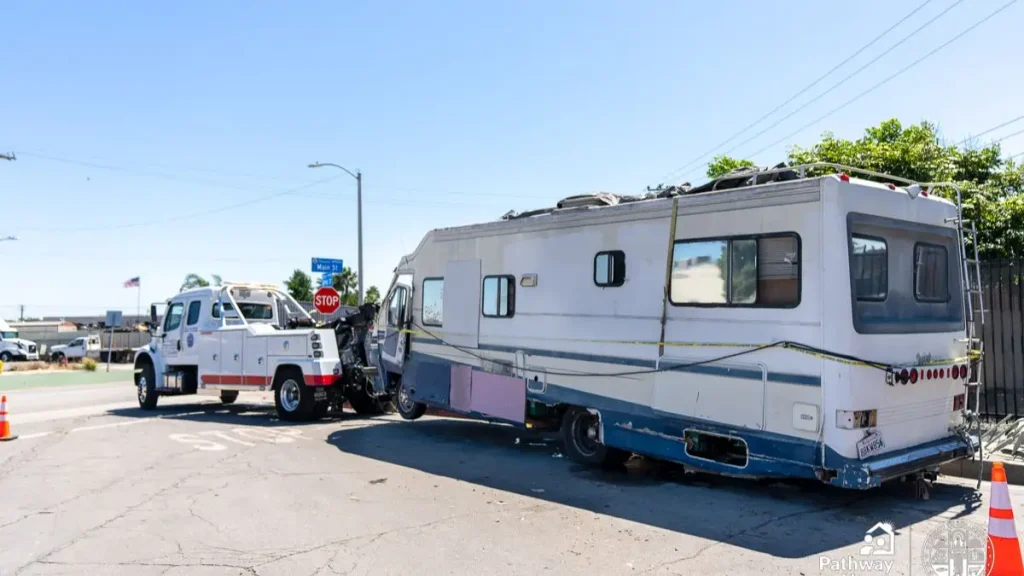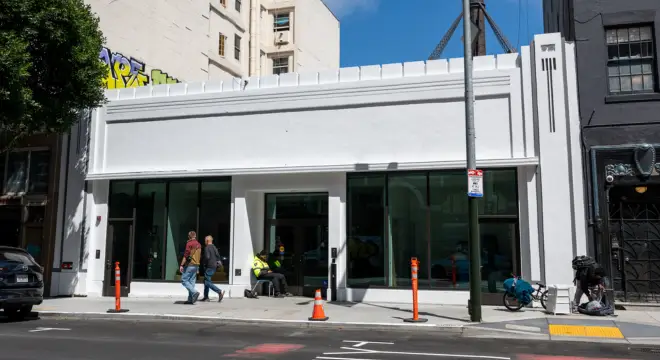Tornado Devastation in Kentucky and Missouri Leaves Communities Reeling
When I first heard about the tornadoes ripping through Kentucky and Missouri, I couldn’t believe how fast things escalated. Within just a few hours, these storms devastated entire communities and claimed 27 lives. It’s hard to wrap your head around that number—it’s not just a statistic; it’s 27 families forever changed.
Let me walk you through the timeline, so you understand how quickly this disaster unfolded. The first tornado touched down late on May 16, and over the next several hours, multiple powerful twisters tore through towns, catching many off guard despite warnings. According to NPR, the speed and intensity were unlike anything residents had seen in years.
Kentucky and Missouri took the brunt of the damage. Some small towns were practically flattened—homes, schools, and businesses destroyed in minutes. The Washington Post paints a grim picture of the aftermath, with rescue teams working round the clock to find survivors amid the rubble.
I want you to grasp just how serious this is—not only because of the tragic loss of life but also because of the massive scale of destruction that will take years to recover from. Knowing this sets the stage for why understanding the causes, risks, and what we can do moving forward is so important.
Understanding Tornadoes: Causes and Risks in This Region
You might be wondering, what exactly causes tornadoes like these to strike so suddenly and with such power? Let me break it down for you in simple terms. Tornadoes form when warm, moist air clashes with cold, dry air, creating instability in the atmosphere. This clash can lead to rapidly spinning columns of air—what we call tornadoes. According to experts at NOAA, this is a common weather phenomenon in the central US, but the intensity and timing can vary widely.
Now, why do Kentucky and Missouri see these devastating tornadoes more often than other places? These states lie in what’s often called “Tornado Alley” or its fringes, where weather patterns frequently set the stage for these storms. The local geography and climate make the area especially vulnerable during certain seasons.
A question many people ask is whether climate change is making tornadoes worse or more frequent. The truth is complex. Climate scientist Dr. Katharine Hayhoe tweeted recently that while there’s no clear evidence of increased tornado frequency, warmer temperatures could make conditions ripe for more severe storms. It’s a debate still evolving, but it’s crucial to keep an eye on.
Understanding these causes helps you see why disasters like this happen and reminds us how unpredictable nature can be—even with modern technology.
Human Stories and Community Impact

When disasters like these strike, the numbers can sometimes feel distant. But behind every casualty and damaged home are real people with real stories. I’ve come across several survivor accounts from Kentucky and Missouri, shared on Twitter and Facebook, where people describe the terrifying moments as tornadoes hit—how some barely escaped, while others lost everything. These stories remind us that this tragedy is deeply personal.
First responders have been nothing short of heroes. Firefighters, police, and volunteers worked non-stop through the night, digging through rubble and helping those trapped. Their bravery and quick action saved lives and brought a glimmer of hope amid chaos.
On a brighter note, the community response has been incredible. Neighbors helping neighbors, local shelters opening their doors, and fundraising efforts gaining momentum show the resilience and spirit of these towns. This section is where you see humanity shine, even in the darkest times.
Preparedness and Safety Measures: What Can Be Learned?
You might wonder, with all this happening, how effective were the tornado warnings? According to NOAA and reports from local emergency agencies, warnings were issued promptly, but the sheer speed and path of the tornadoes made it hard for everyone to take cover in time.
Here’s what you need to know if you live in tornado-prone areas: always stay alert during storm season, have a safe spot identified in your home, and keep emergency kits ready. These aren’t just generic tips—they could save your life.
Also, many readers want to help but aren’t sure how. I’ll share links to verified charities and local relief funds where your support can genuinely make a difference.
What’s Next? Recovery and Long-term Outlook for Kentucky and Missouri

Seeing the destruction, I can only imagine how tough the road ahead will be for Kentucky and Missouri. Government agencies and NGOs have already begun rolling out recovery plans to help rebuild homes and infrastructure. FEMA’s involvement means coordinated efforts at the federal level, but local leadership and community participation will be crucial too.
Mental health is another critical area often overlooked after disasters. Trauma lingers long after the tornadoes are gone. Experts from Harvard Medical School emphasize the importance of counseling and support services for affected families. If you or someone you know is struggling, don’t hesitate to seek help—there are resources out there.
Finally, with tornado season far from over, there’s a strong focus on preparing better for the future. Communities are discussing improved warning systems, stronger building codes, and public education campaigns. These steps won’t erase the past but can help reduce the impact when the next storm hits.
Unique Angles / Gaps to Fill (What Others Missed)
Here’s something I noticed that many reports are missing: a deeper dive into the real-time social media reactions and community-led efforts. Reddit threads and Twitter conversations offer raw, unfiltered updates and highlight local heroes often absent from mainstream news.
Another gap is the lack of focus on mental health and trauma. Most coverage centers on physical damage, but emotional scars run deep. Bringing expert advice here adds real value.
Lastly, a data-driven look at how tornado patterns may be shifting over the last decade—something climate scientists are still researching—would give readers a broader perspective on risks ahead.
Conclusion
This tornado outbreak in Kentucky and Missouri is a harsh reminder of how unpredictable and powerful nature can be. While the loss and destruction are heartbreaking, it’s also inspiring to see communities come together, heroes rise, and support pour in.
If you live in tornado-prone areas, take these warnings seriously—prepare yourself and your loved ones. And if you want to help those affected, there are safe ways to do so.
What steps are you planning to take to stay prepared? Share your thoughts or experiences—I’d love to hear from you.
Disclaimer: The information shared here is based on verified sources and expert insights available at the time of writing. Weather events can change rapidly; always refer to official alerts for the latest updates. This article aims to inform and support, not replace professional advice.


